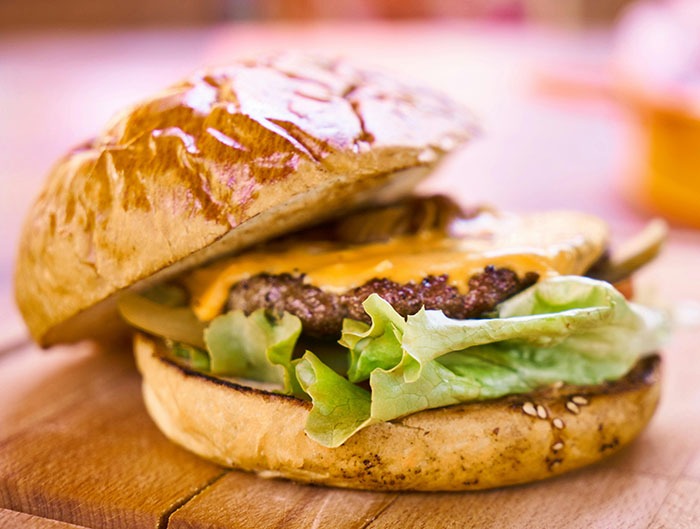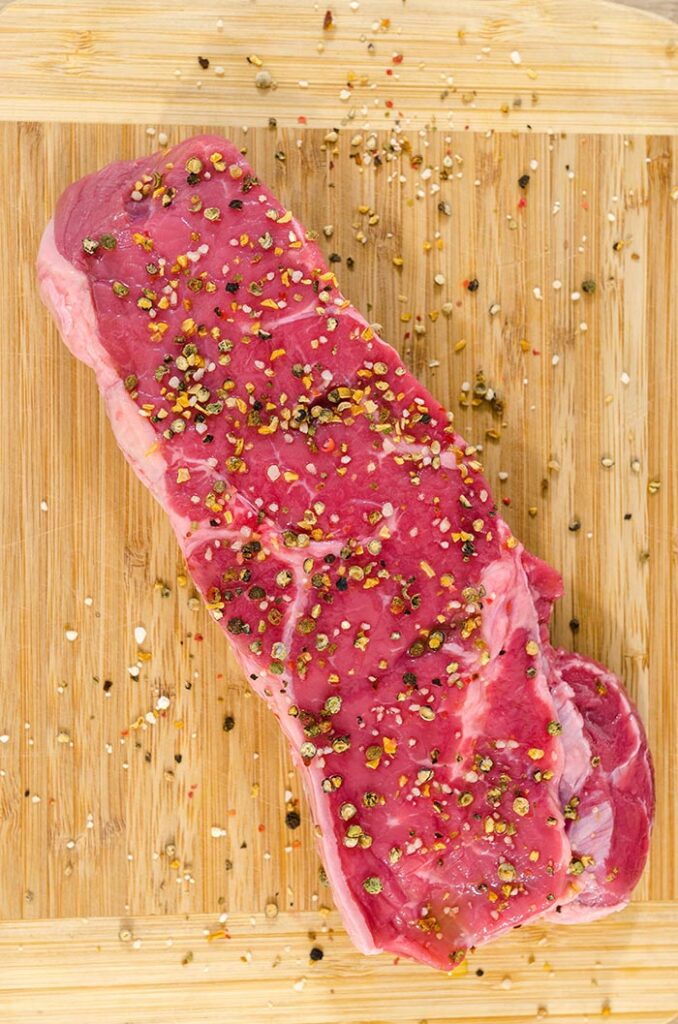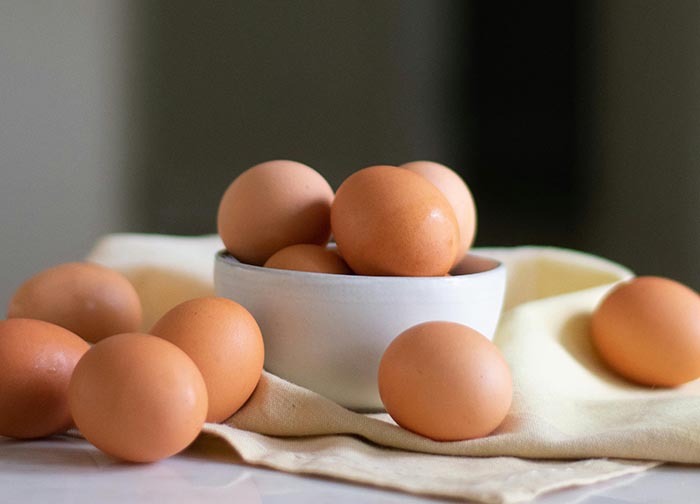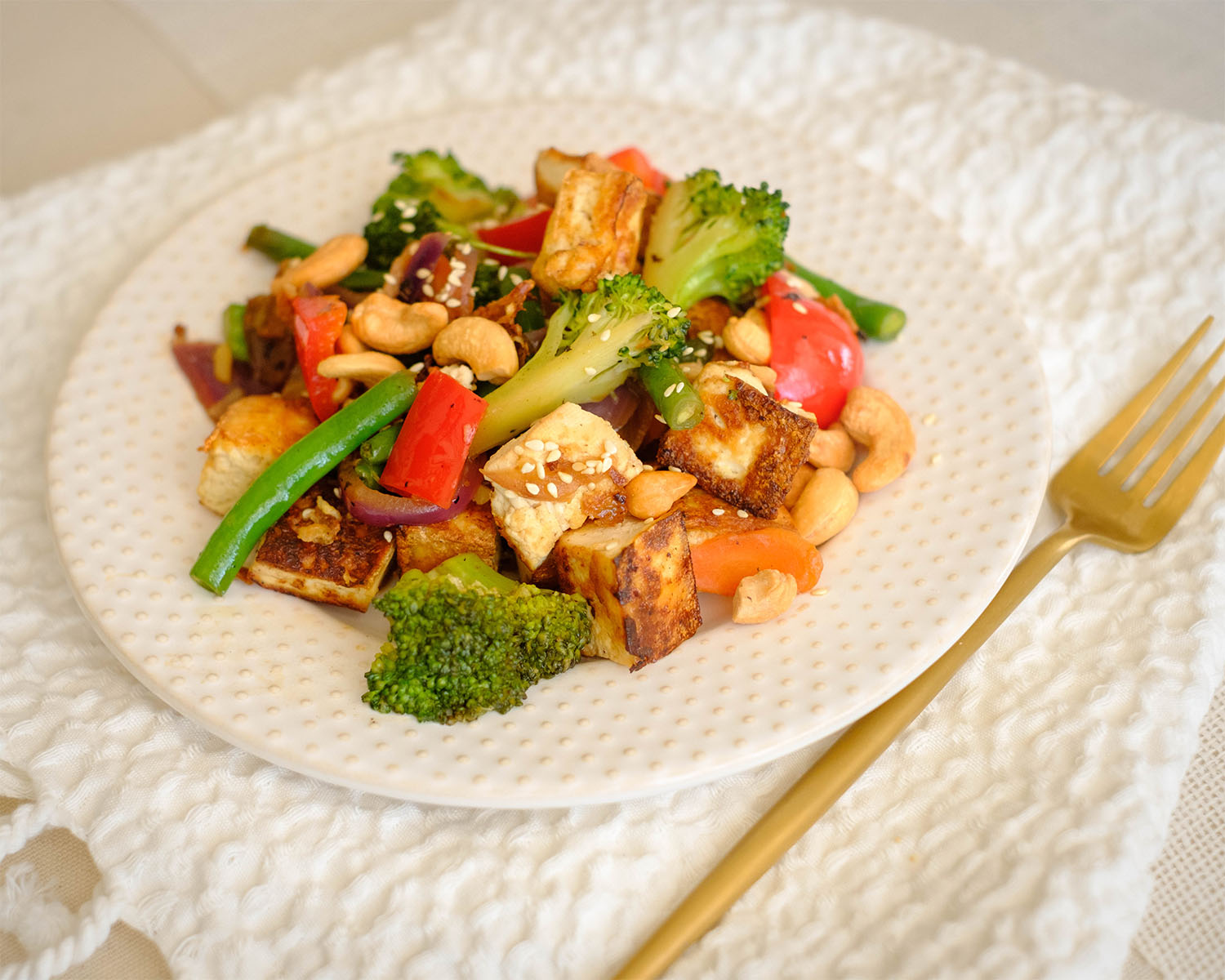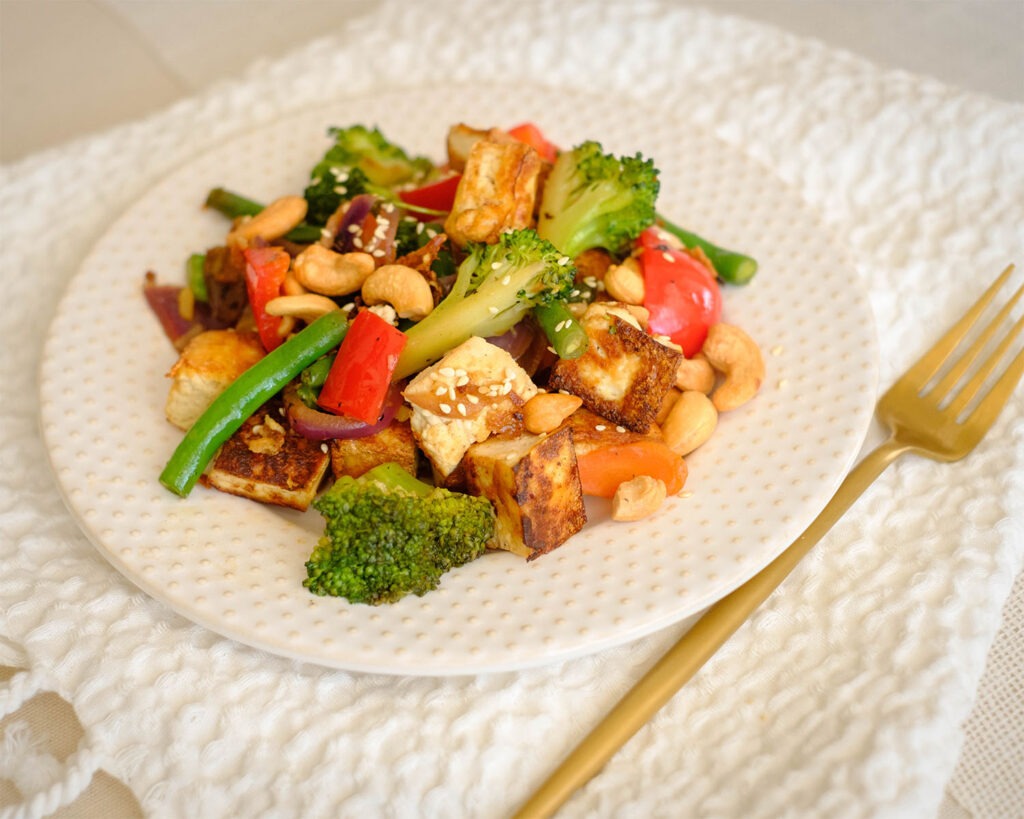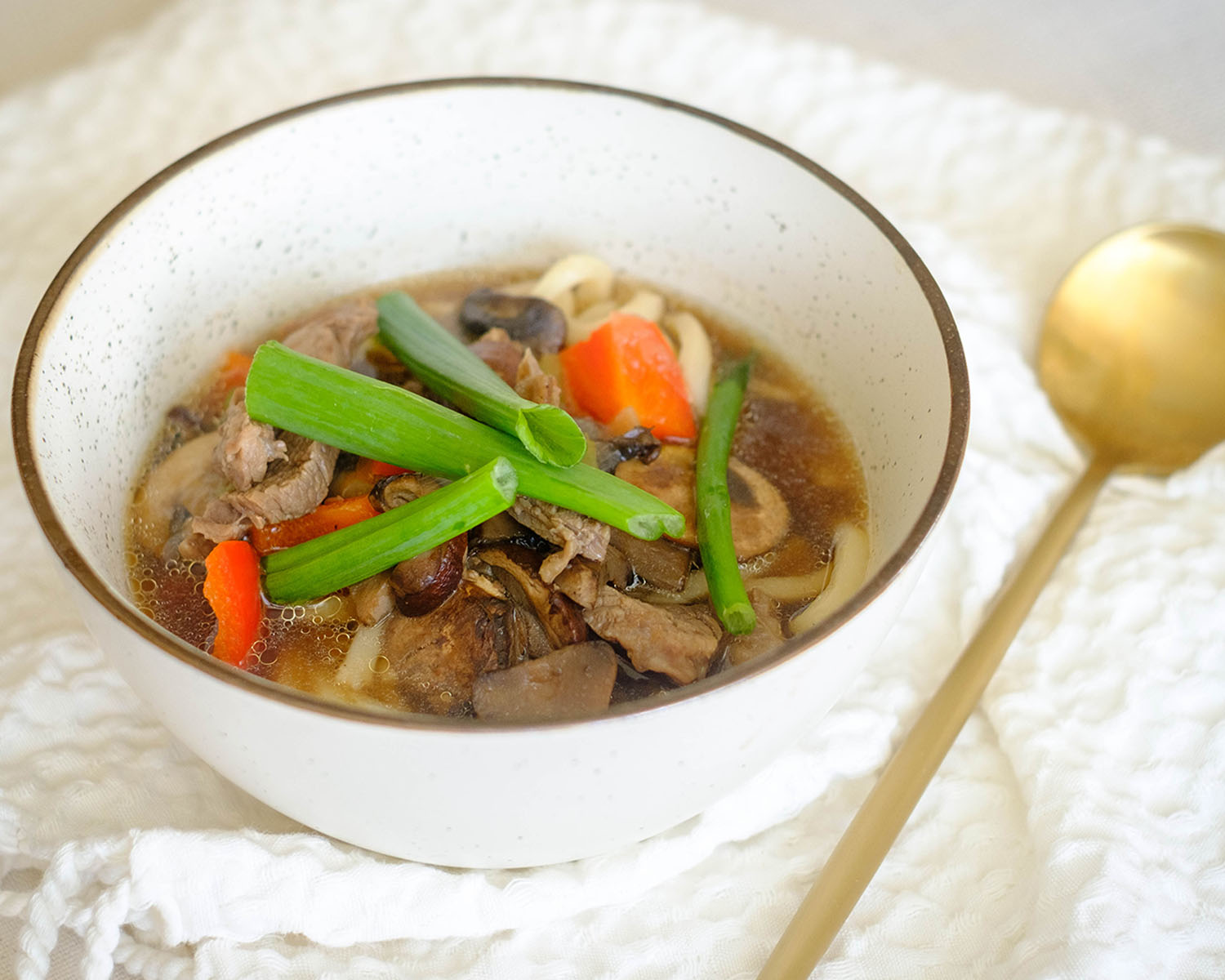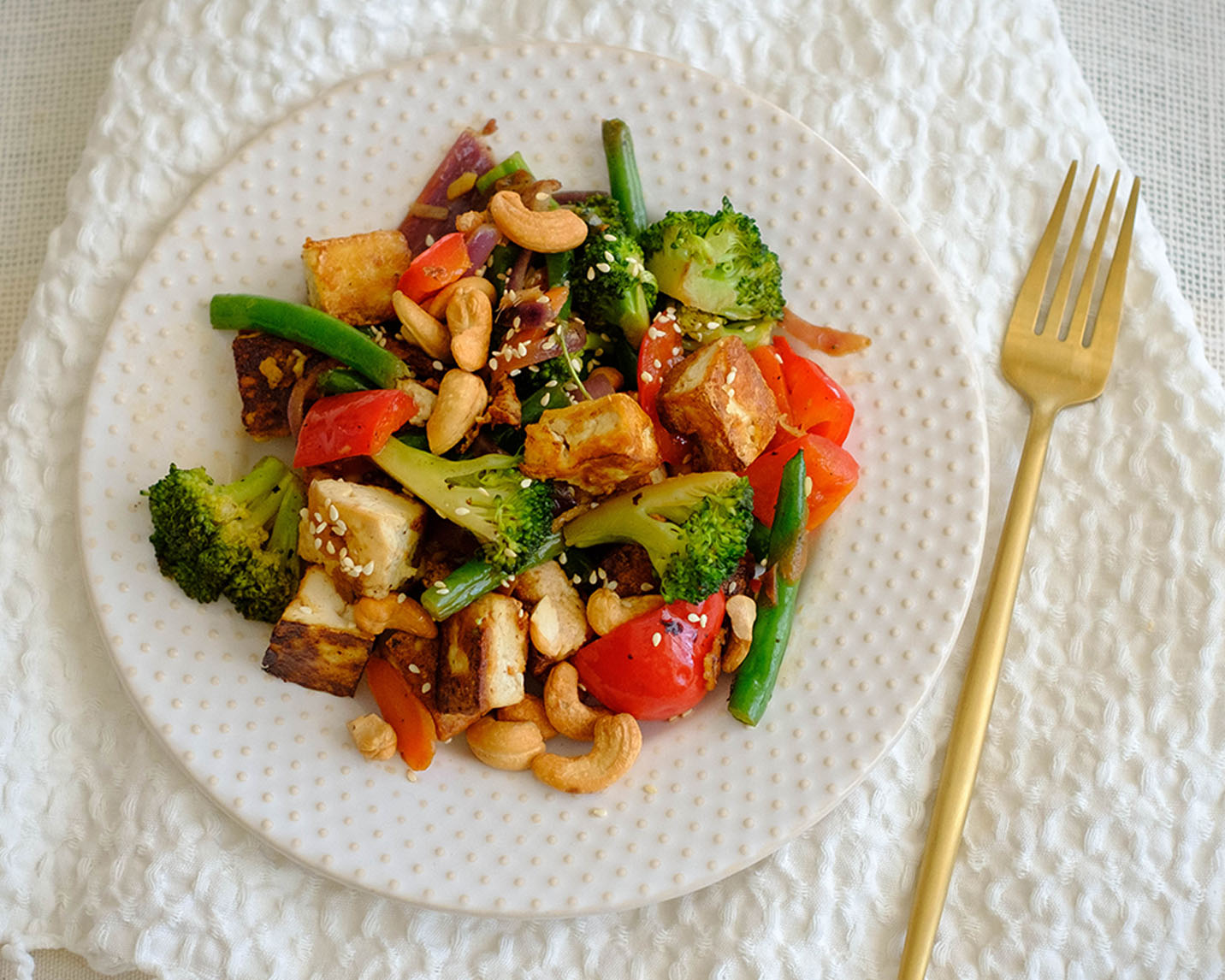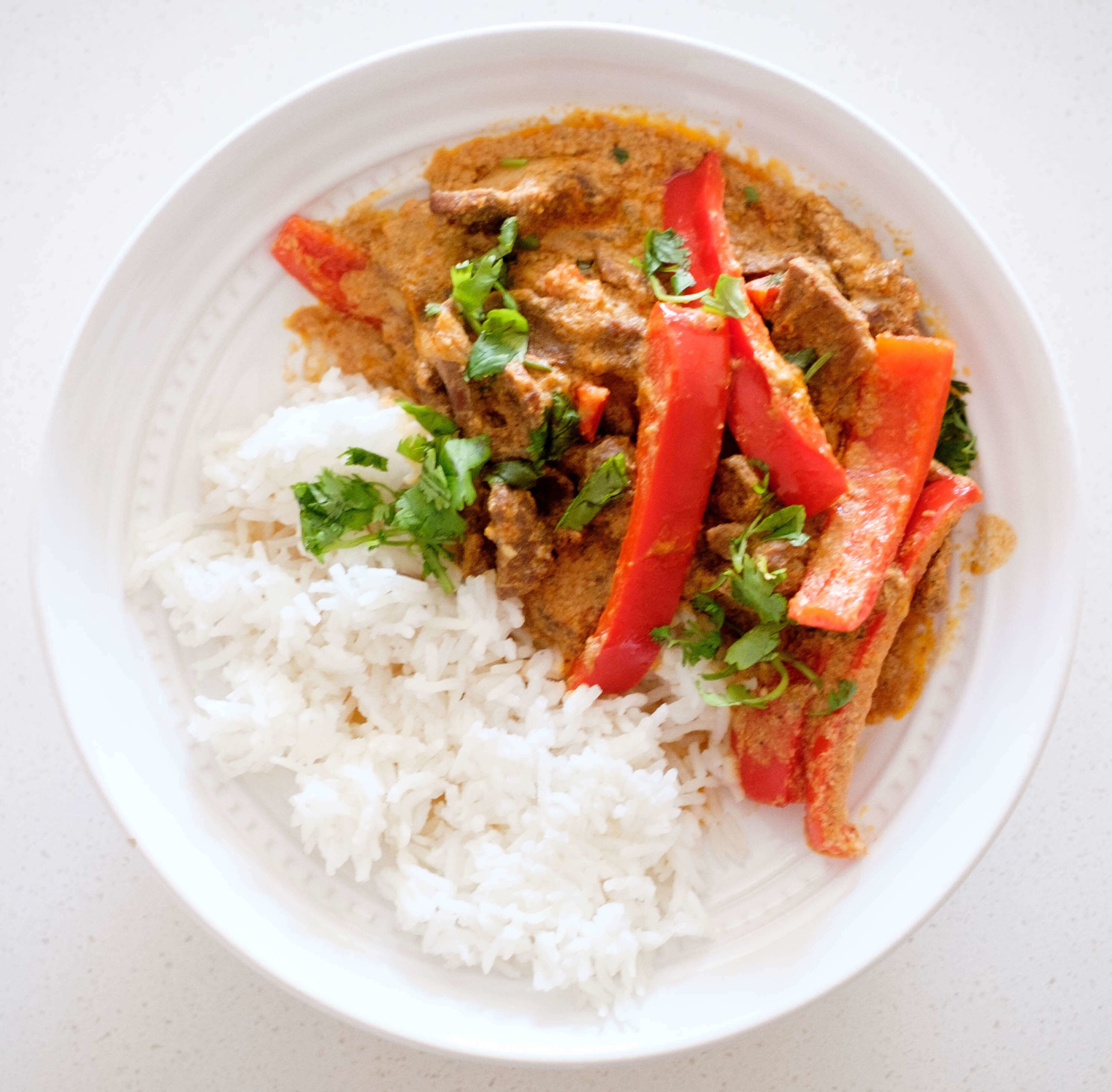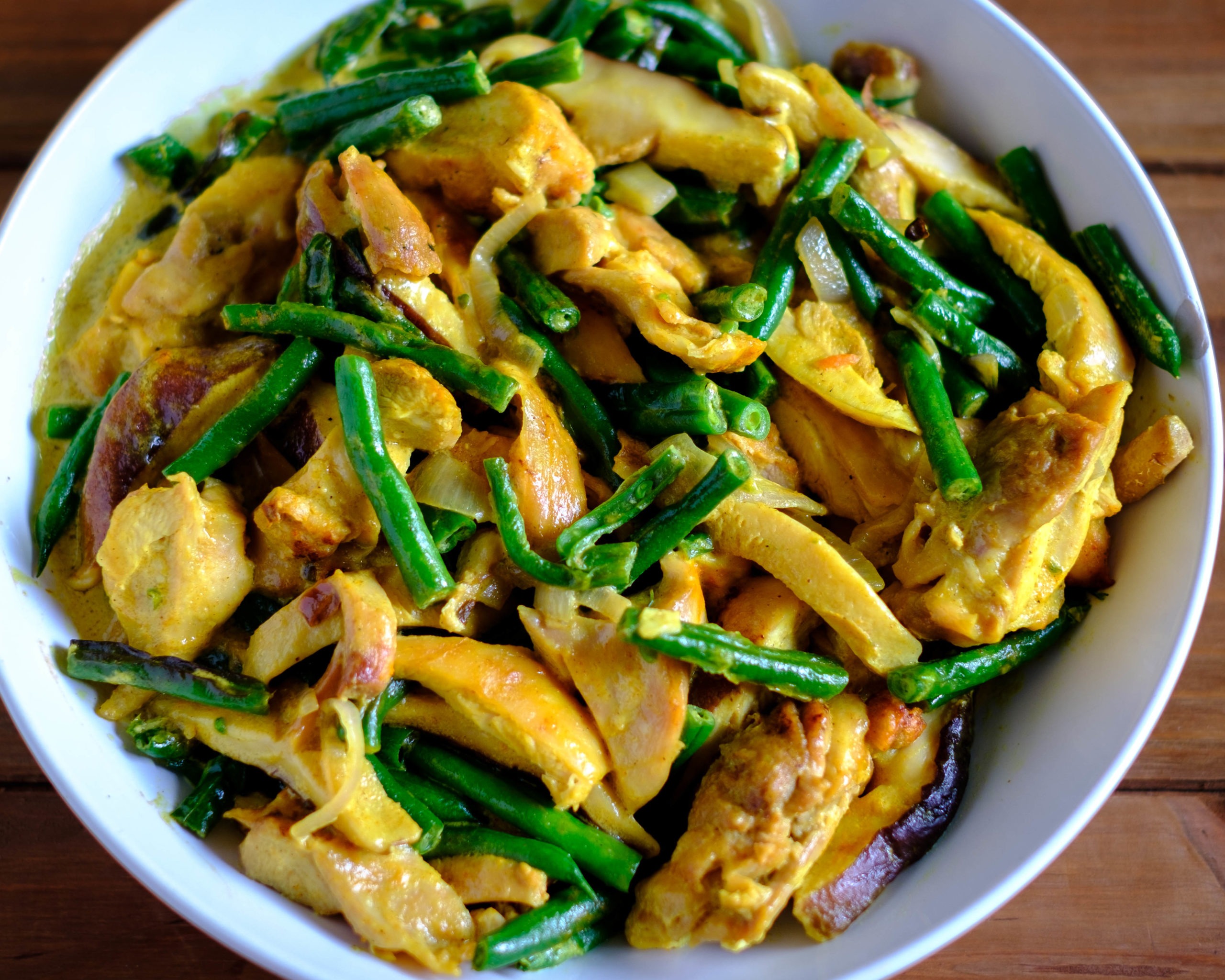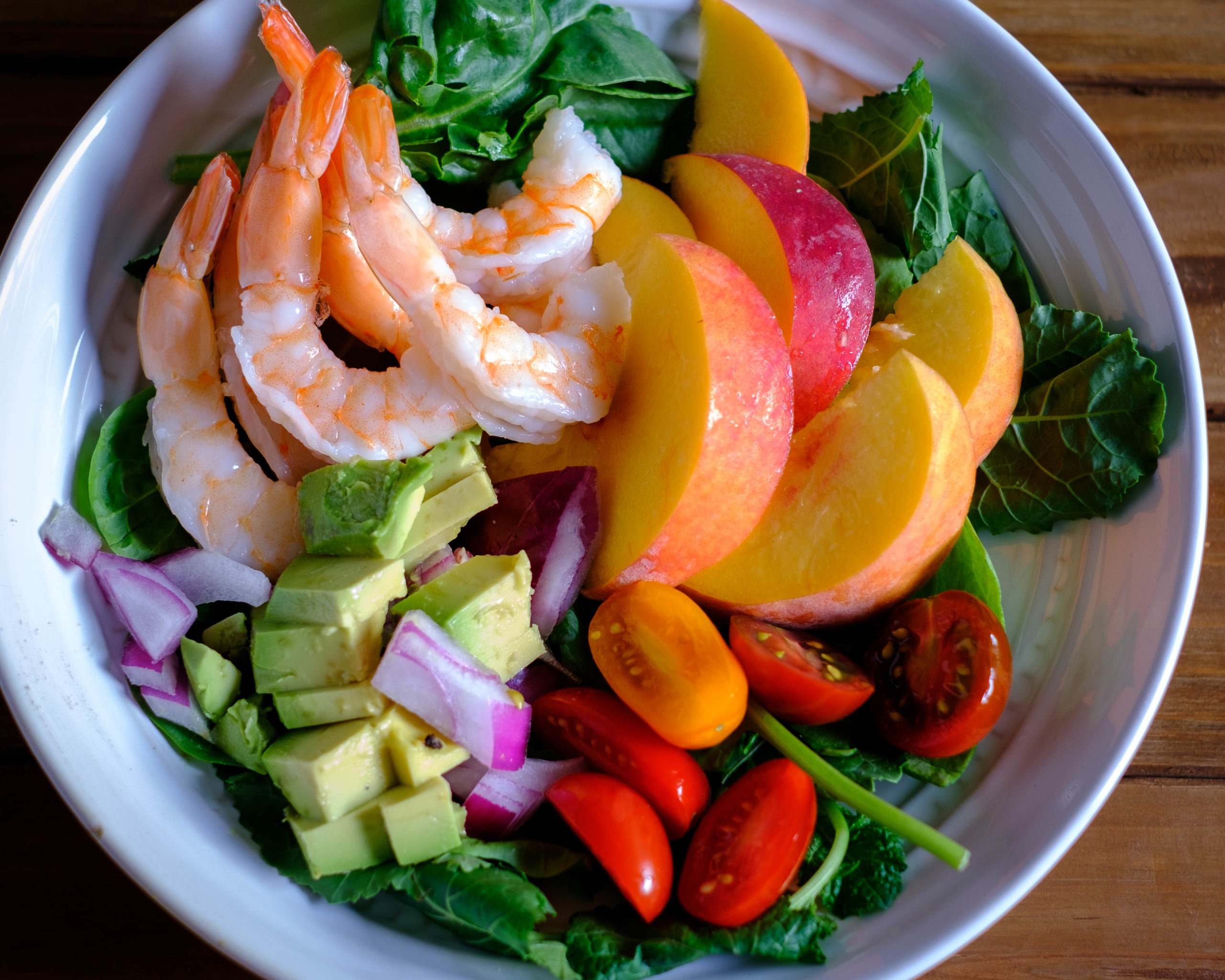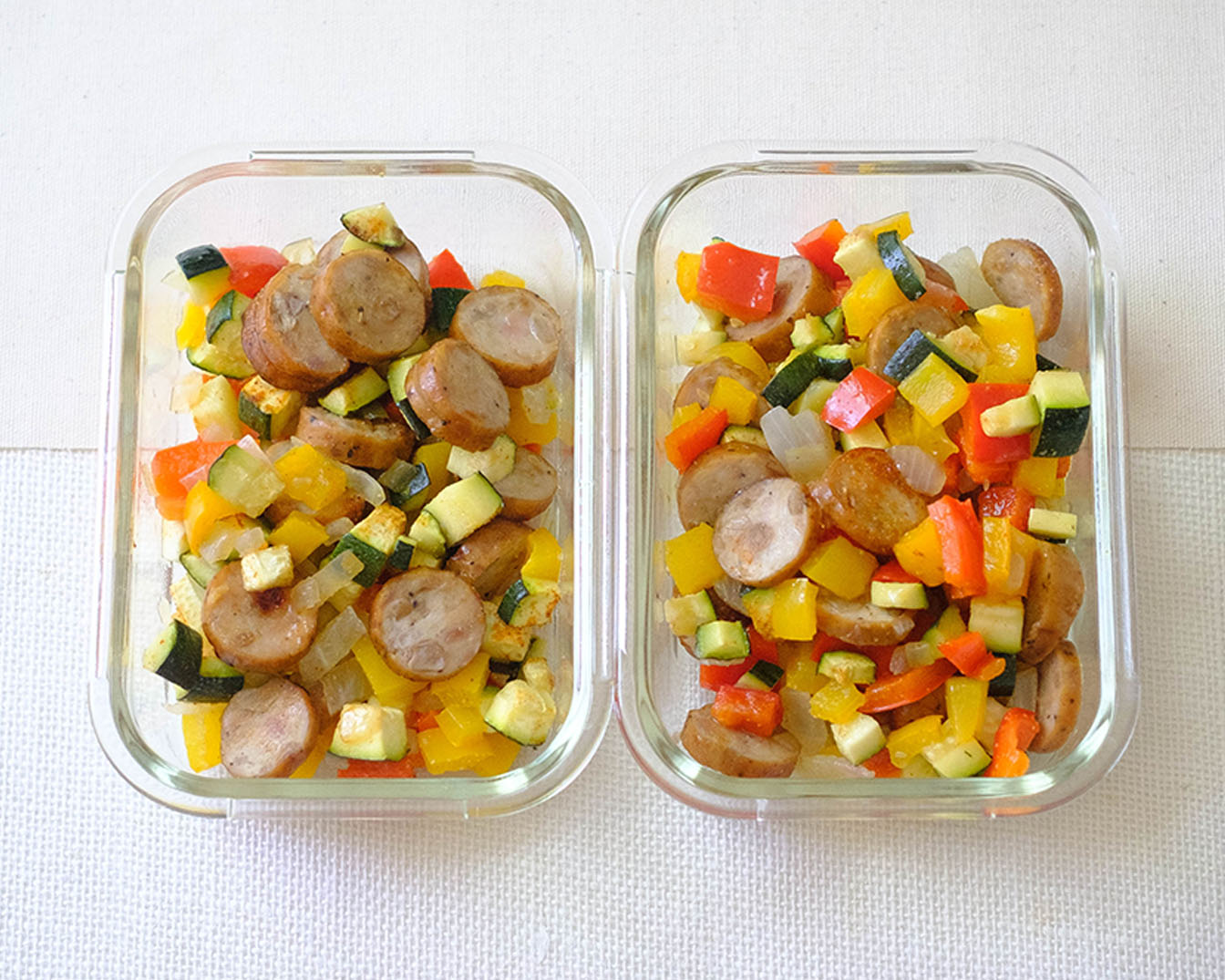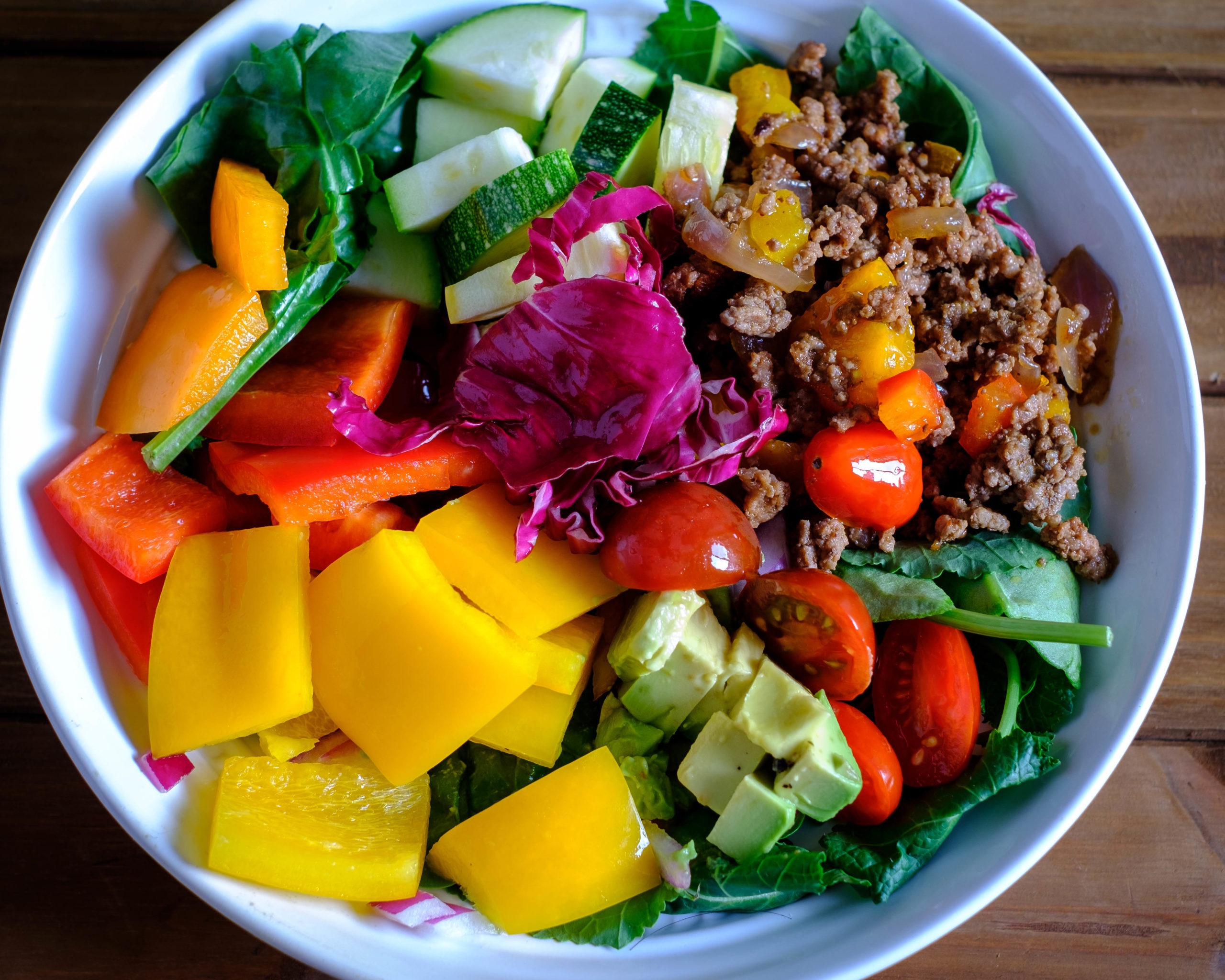
Hamburgers are some of our favorite foods. A good hamburger is unlike any other meal. To properly meal prep hamburger lunches & dinners is not as straight forward as you might think. Typically people make hamburgers for dinner that night and eat leftovers the next day. Taking it one step further and making healthier, delicious hamburgers is tougher or extending them out for a week and still being moist is even tougher. Meal prep hamburgers like a pro.
Quick tip: don’t add the cheese right away. If you plan on adding cheese, do this right before reheating.
Hamburger Meal Prep Basics
Choosing the Right Meat
We don’t need to spend a ton of time on hamburger basics but let’s cover a few things. An 80/20 blend (80% lean, 20% fat) strikes the perfect balance between flavor and juiciness. You can also use alternatives like ground turkey, chicken, or plant-based meat substitutes.
Seasonings
You can of course season to preference but the classic is salt and pepper but add in a bit of garlic powder, onion powder, and a bit of Worcestershire sauce and elevate your flavor depth. Season after forming the patties so the seasons are on the outside and not mixed in.
Storage Tips
- Refrigeration: Store cooked patties in an airtight container for up to 4 days. Place parchment paper between layers to prevent sticking.
- Freezing: For longer storage, wrap each patty individually in plastic wrap or foil, then place them in a freezer-safe zip-top bag. They’ll last up to 3 months. This works better for pre-cooked patties.
Hamburger Meal Prep Reheating Methods
Reheating hamburgers may be the toughest part of hamburger meal prep. You want to keep them juicy and flavorful but the longer they sit in the fridge the dryer they get. You can use the oven, preheat to 300°F, wrap in foil and cook for 10-12 minutes. More likely though you’ll use the stovetop or microwave. Adding a splash of water or broth to a skillet and cooking on medium-low heat for 3 to 4 minutes a side can add moisture back. Let’s face it though, the microwave is the most popular method. Wrapping the patty in a damp paper towel can help steam the patty.
Hamburger Topping Meal Prep
Keep toppings fresh and easy to assemble:
- Cold Toppings (prep ahead):
- Sliced tomatoes (store in a container with a paper towel to absorb moisture)
- Washed and dried lettuce (romaine or butter lettuce hold up best)
- Sliced onions and pickles
- Warm Toppings (reheat as needed):
- Sautéed mushrooms
- Grilled onions or peppers
- Bacon (store separately; reheat in toaster oven or skillet)
- Cheese: Add sliced cheese during reheating to melt perfectly over the patty.
- Condiments: Keep classic options like ketchup, mustard, mayo, and specialty sauces in squeeze bottles for convenience.
Bun Tips
- Toast before storing: Lightly toasting buns helps them resist sogginess when stored.
- Storage: Keep buns in a separate airtight bag at room temperature for up to 5 days, or freeze for longer shelf life.
- To reheat: Warm in a toaster or skillet just before serving.
Healthier Hamburger Meal Prep
Choose Leaner Protein
- Beef: Go for lean ground beef (90/10 or 93/7) to reduce saturated fat. Use herbs and spices to add back flavor.
- Alternatives: Try ground turkey, chicken, bison, or plant-based patties (look for those with minimal additives).
- Bonus: Mix mushrooms, lentils, or black beans into your meat for added fiber and fewer calories.
Healthier Hamburger Meal Prep Cooking Methods
Grilling: Grilling reduces the overall fat as it drips which lowers calories and fat but covers up the lack of flavor from the reduced fat with that grilled smokey flavor.
Pan-Frying (Skillet): If you live in an apartment or condo that doesn’t allow grills, then pan-frying is an option. The patties cook in their own fat so it retains a bit more than grilling.
Baking (Oven): This is a great option for batch cooking more patties at once however you tend to lose out on the nice char flavor. Use a wire rack to keep the patties out of their fat so they don’t just boil.
Broiling: Similar to baking but adds a bit more of the char on the patties. Use a wire rack and broil a little further away to prevent burning.
Air Frying: Maybe a little messy but can add a unique flavor. This method offers minimal oil and the drip tray will reduce fat. The texture may be a little different.
Summary of Cooking Method Impact
| Method | Fat Content | Nutrient Retention | Risk of Harmful Compounds | Cooking Time |
| Grilling | Lower | Moderate | Higher (HCAs/PAHs) | Fast |
| Pan-frying | Higher | Good | Moderate | Fast |
| Baking | Lower | Good | Low | Medium |
| Broiling | Lower | Moderate | Moderate | Fast |
| Air Frying | Lower | Good | Low | Fast |
| Sous Vide | Very low | Excellent | Minimal | Slow |

